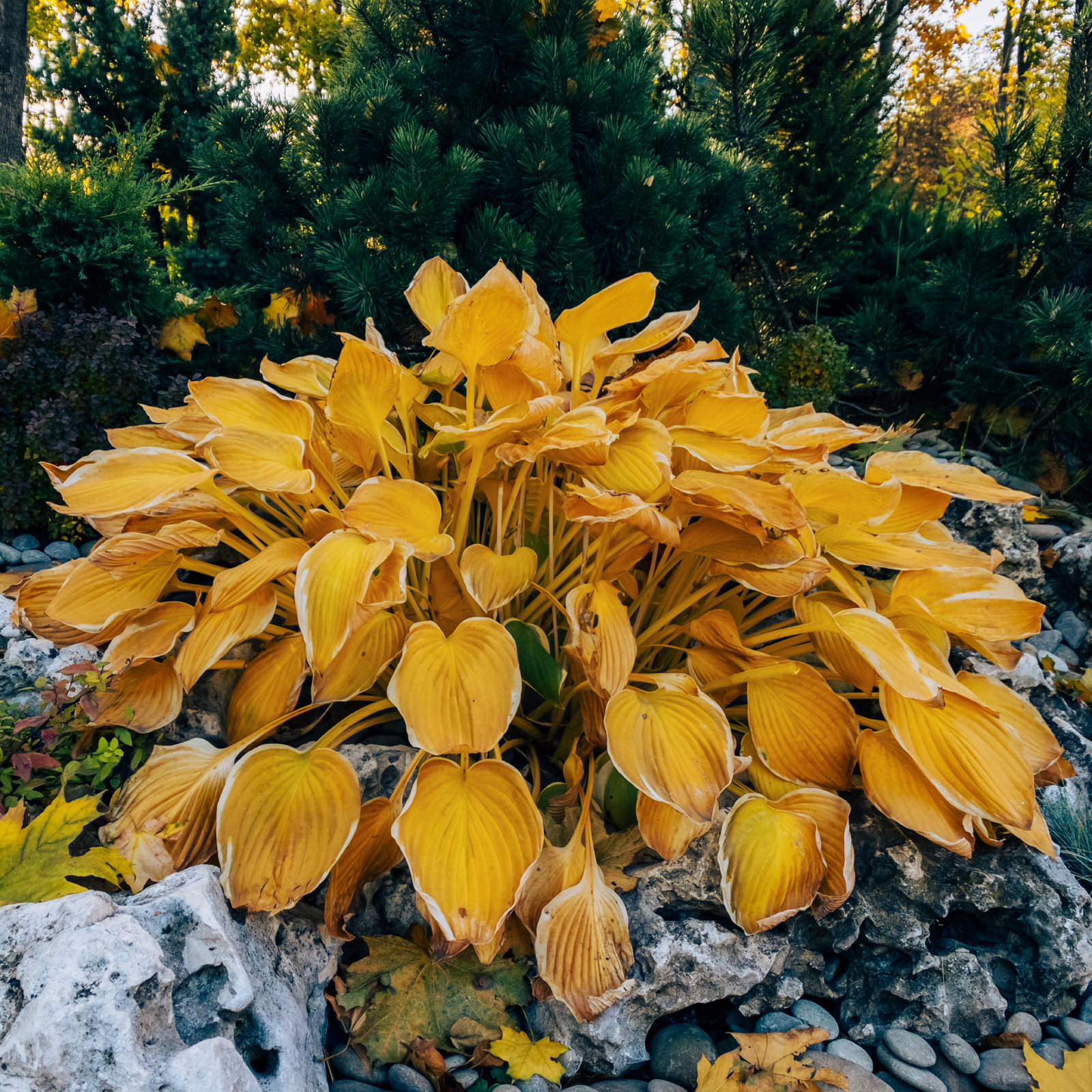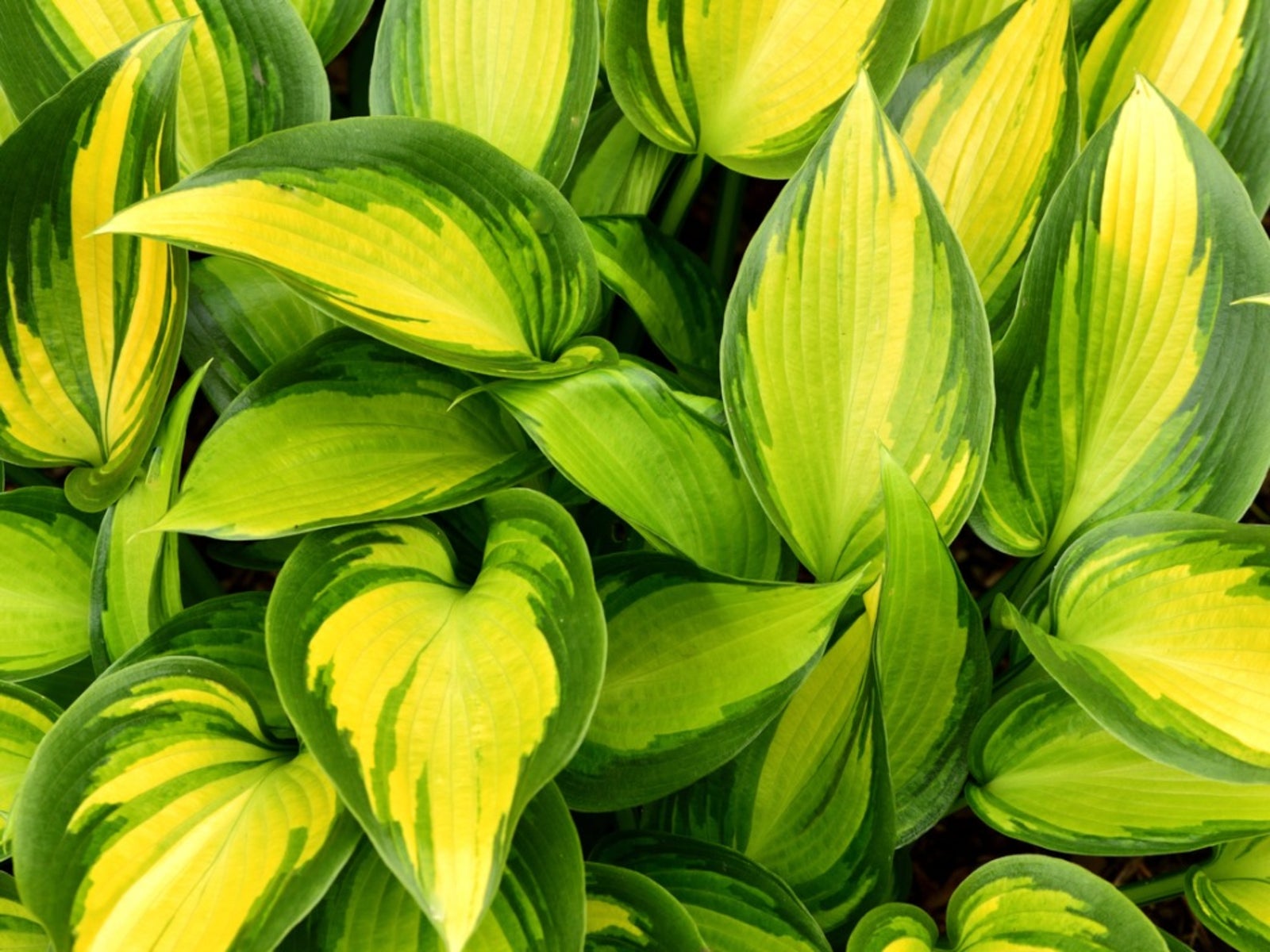Hostas
Hostas are some of the most popular of landscape plants, especially in shady areas of the garden. But these wonderful foliage specimens are not without their problems. Use the information from the following articles to find tips for not only growing hosta plants but caring for them when various hosta diseases or pests arise. You’ll also learn about hosta plant division, transplanting, pruning and more.
-
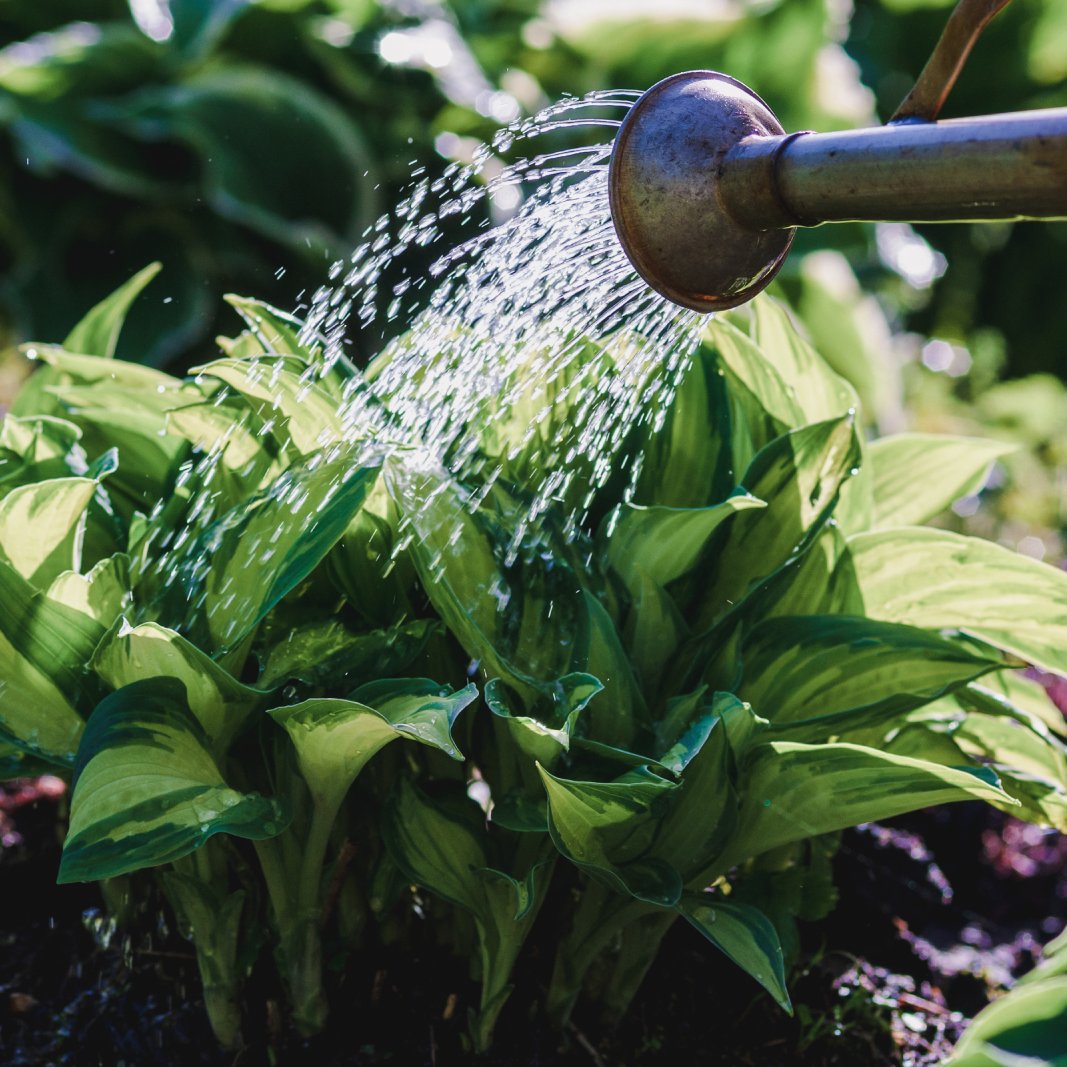
Hosta Watering Guide: Tips On Watering A Hosta Plant
By Tonya Barnett
-
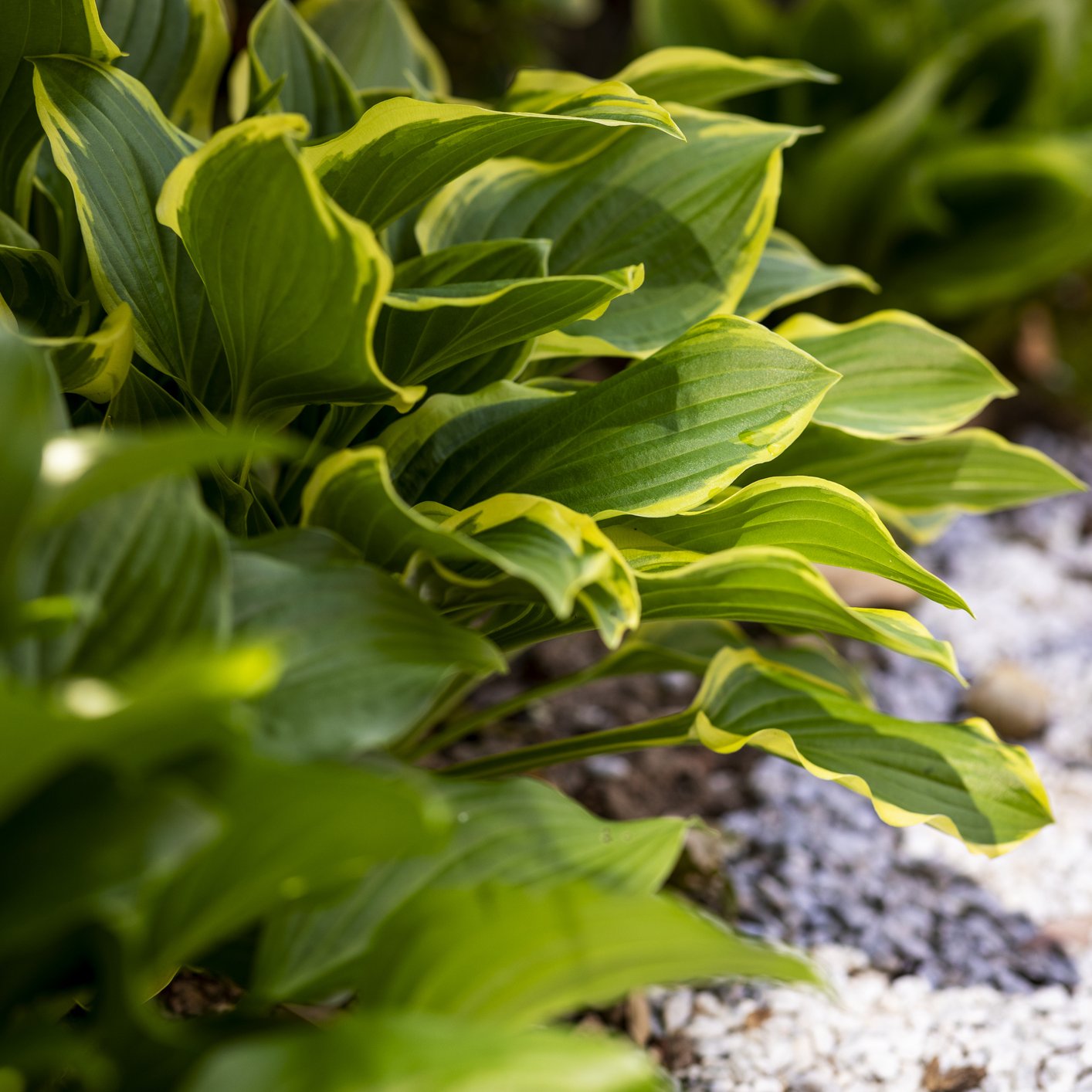
Fertilizing Hostas – How To Fertilize A Hosta Plant
Low-maintenance hostas don’t require much, but fertilizer is a good idea for several reasons. Learn the best way to fertilize hostas and how it can help plants.
By Mary H. Dyer
-
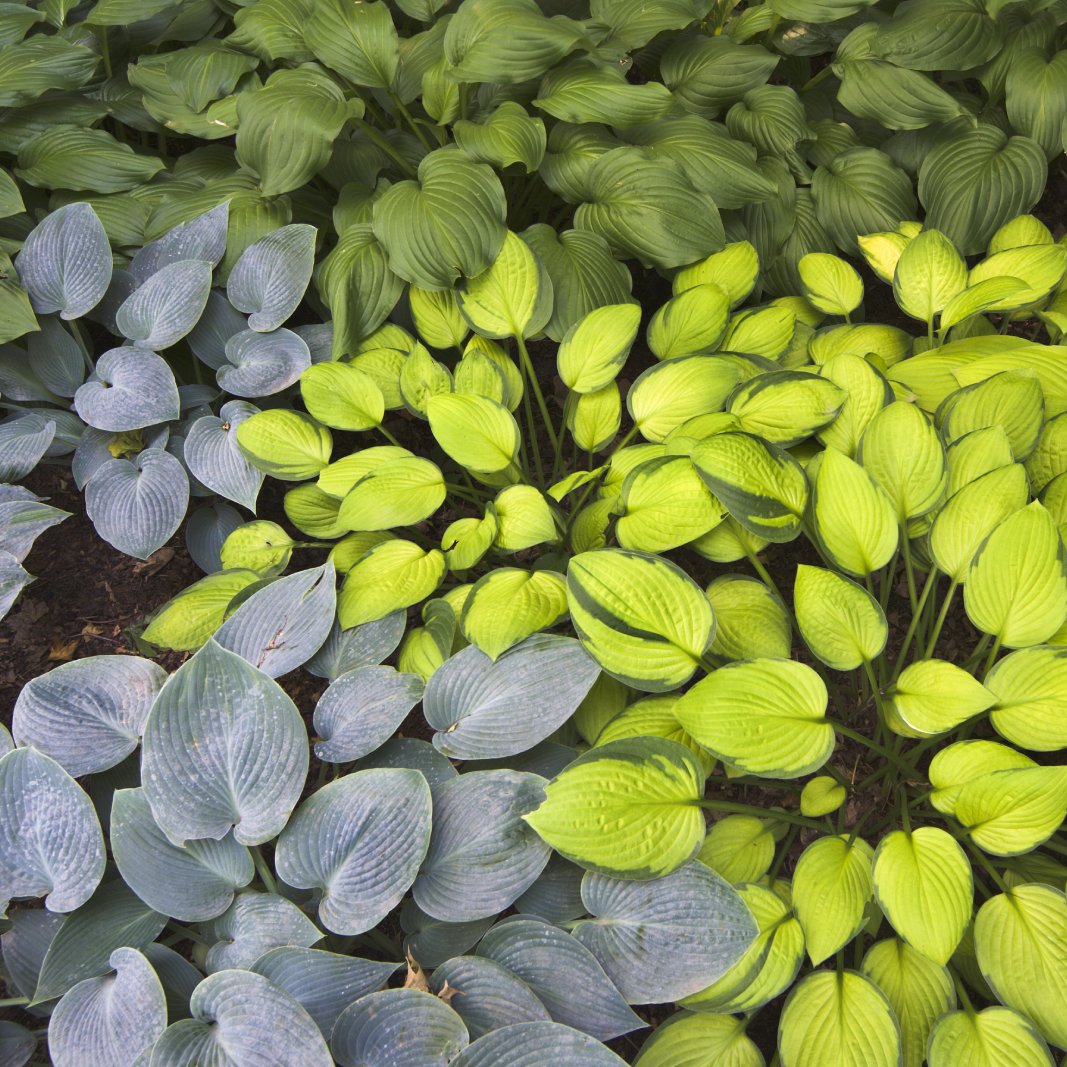
18 Colorful Hostas To Add A Burst Of Brightness To Your Shade Garden
Brighten up your shade garden with these 18 colorful hosta varieties, plus a few extras we couldn't resist throwing in, too.
By Bonnie L. Grant
-
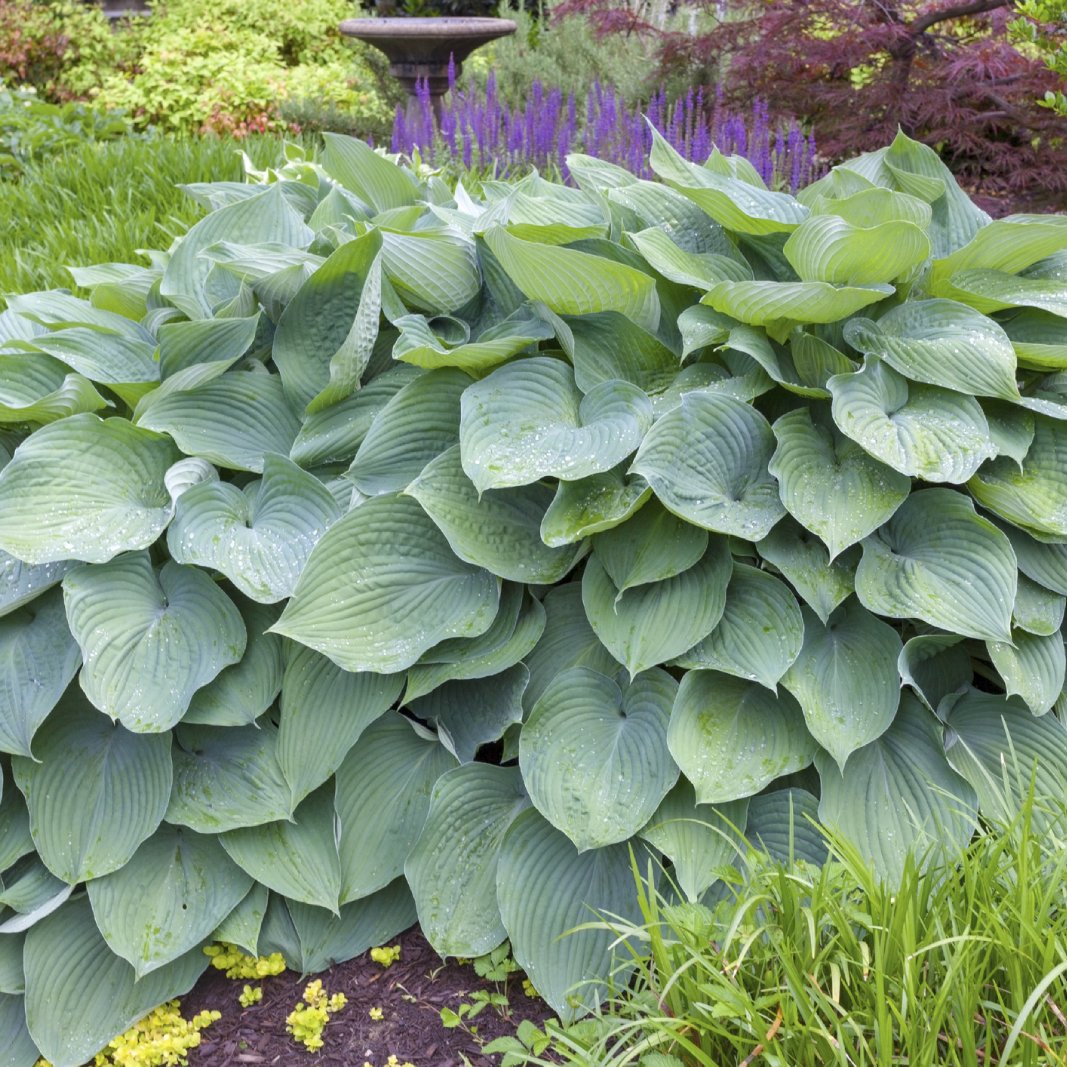
Largest Hosta Plants You Can Grow: 6 Plantain Lily Whoppers
Go big or go home. Plant these giant hosta varieties to have the biggest garden on the block.
By Mary Ellen Ellis
-
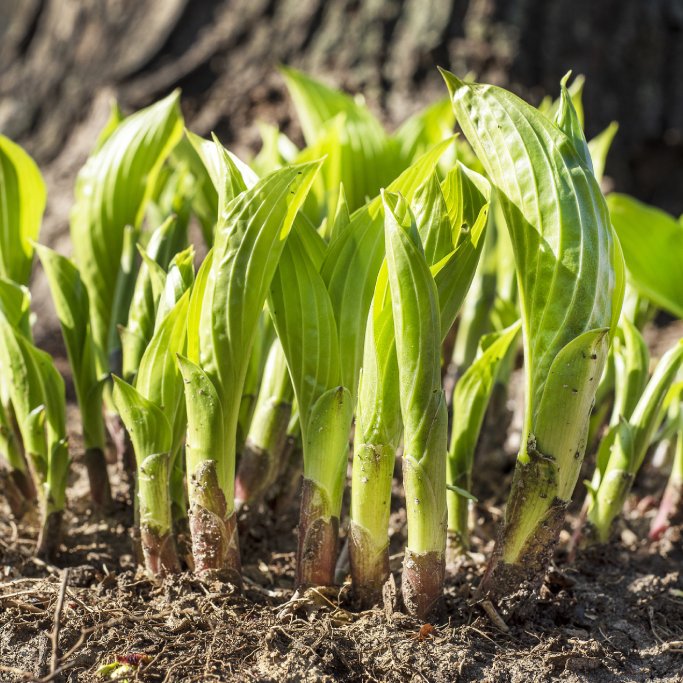
Are Hostas Edible? How To Harvest & Eat A Perennial Favorite
Are hostas edible? Amazingly, they are not only edible but highly nutritious. But they are poisonous to pets, so be sure to follow directions carefully.
By Bonnie L. Grant
-
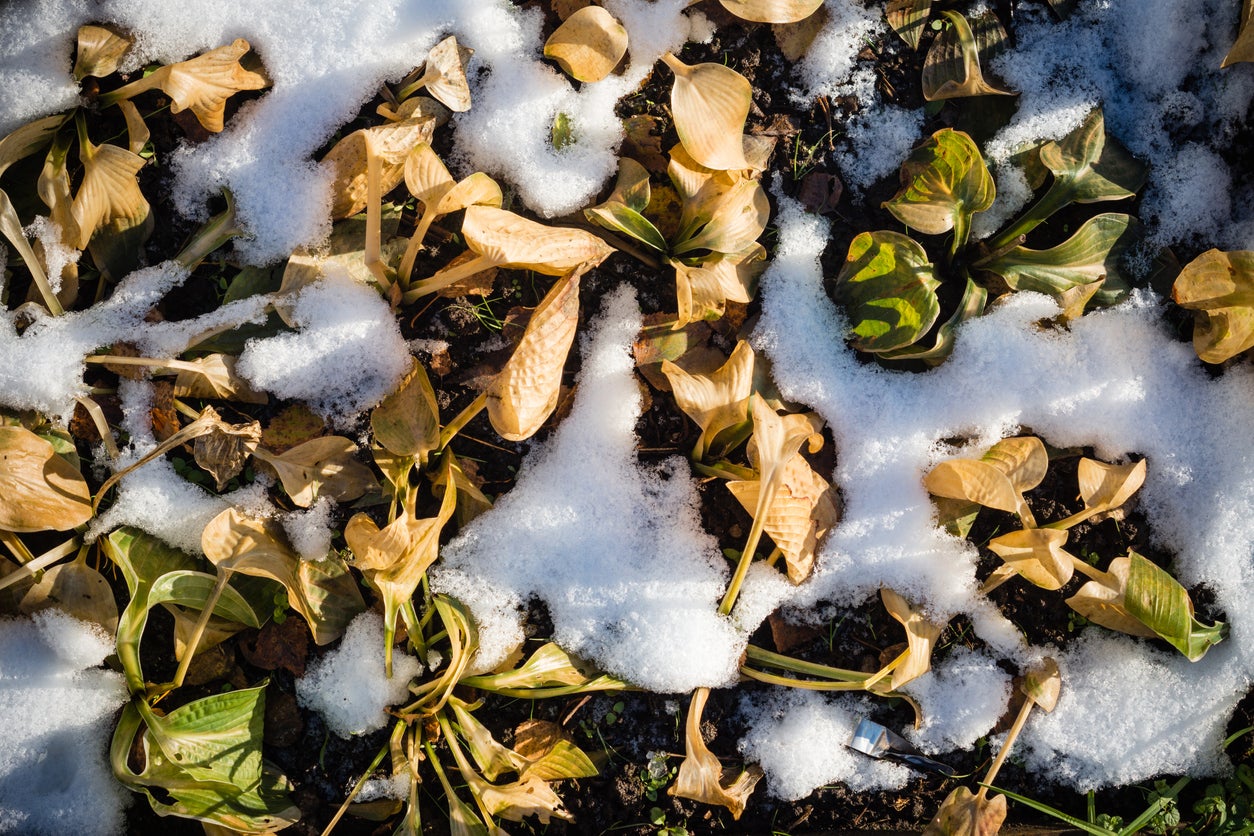
Hostas In Winter: Preparing & Caring For Hostas In The Cold
Preparing hostas for winter partly depends on your climate and, if you don’t worry about hungry mollusks and voles, it might be fine to let the foliage stay in place.
By Amy Grant
-
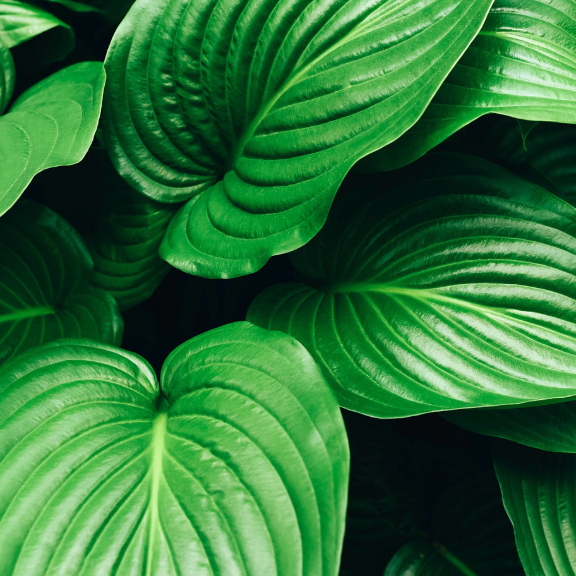
Growing Hostas: How To Care For A Hosta Plant
A hosta plant may be the prettiest shade plant in your yard. It thrives underneath trees and even in deep-shade areas.
By Mary Ellen Ellis
-
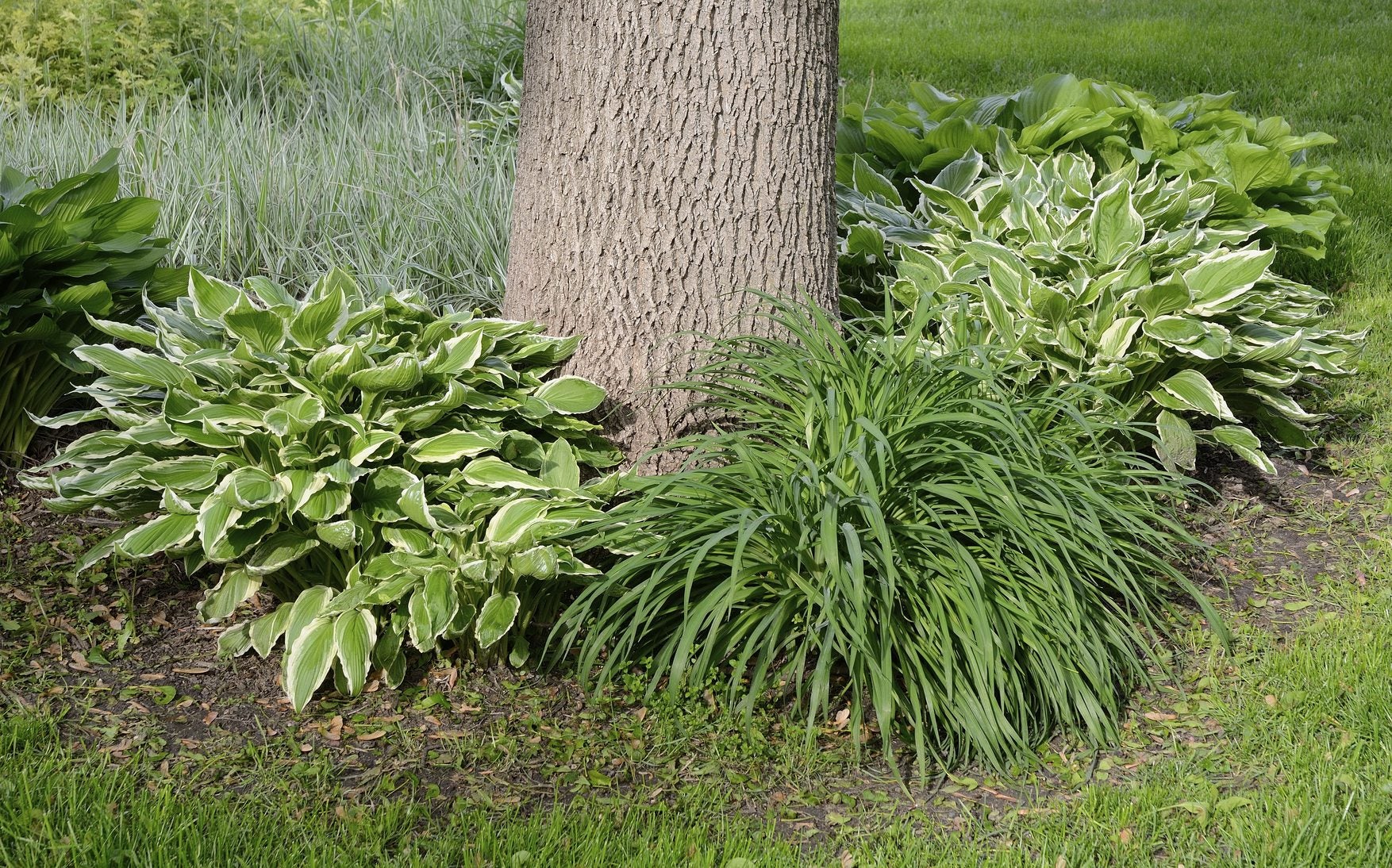
Hosta Companion Planting: Learn About Plants That Grow Well With Hosta
Hostas have become extremely popular in the last few years, with good reason. Gardeners love hostas for their colorful foliage, versatility, toughness, easy growth, and ability to thrive without bright sunlight. They also have many companions. Learn more here.
By Mary H. Dyer
-
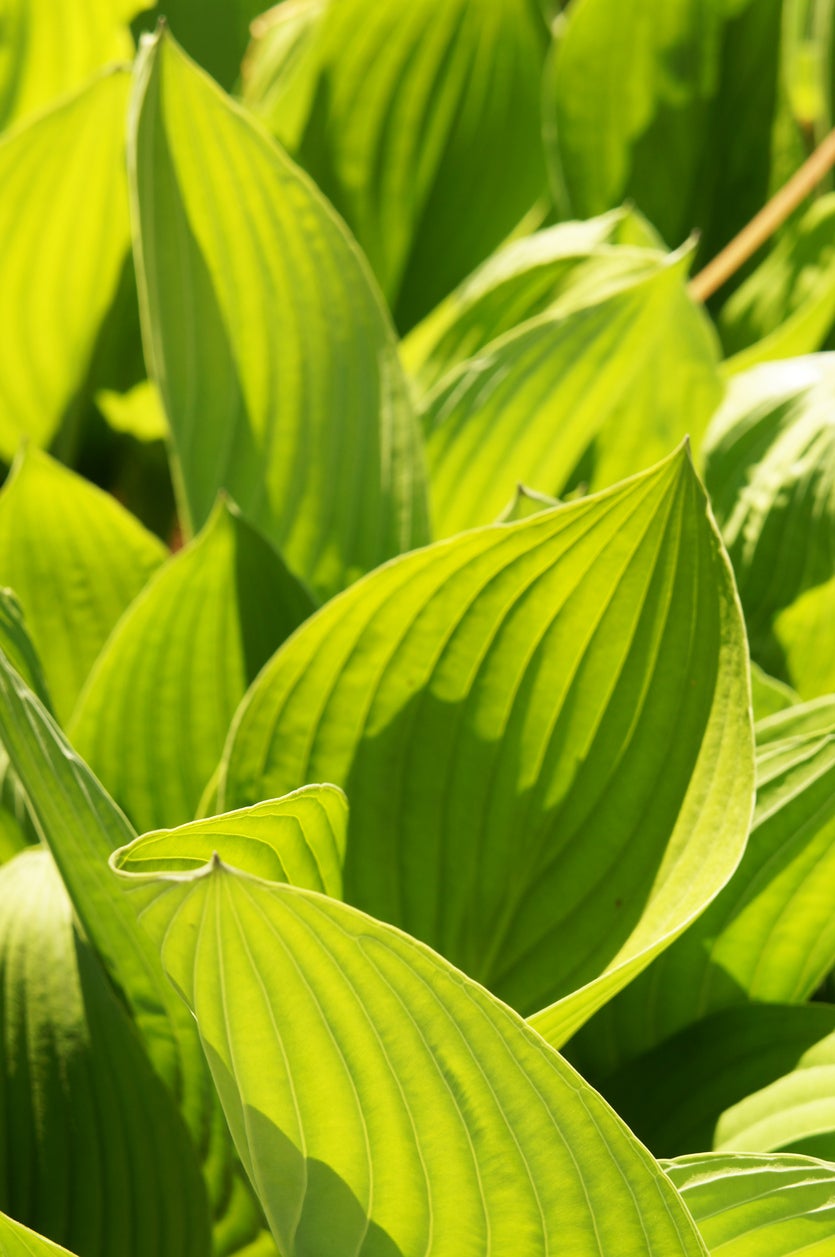
Sun Tolerant Hostas: Popular Hostas To Grow In Sun
Hostas are most often considered shade plants. It’s true that most hosta plants should grow in a partial shade or dappled sun area to keep leaves from burning, but there are now many sun loving hostas available for the garden. Learn more about them in this article.
By Becca Badgett
-
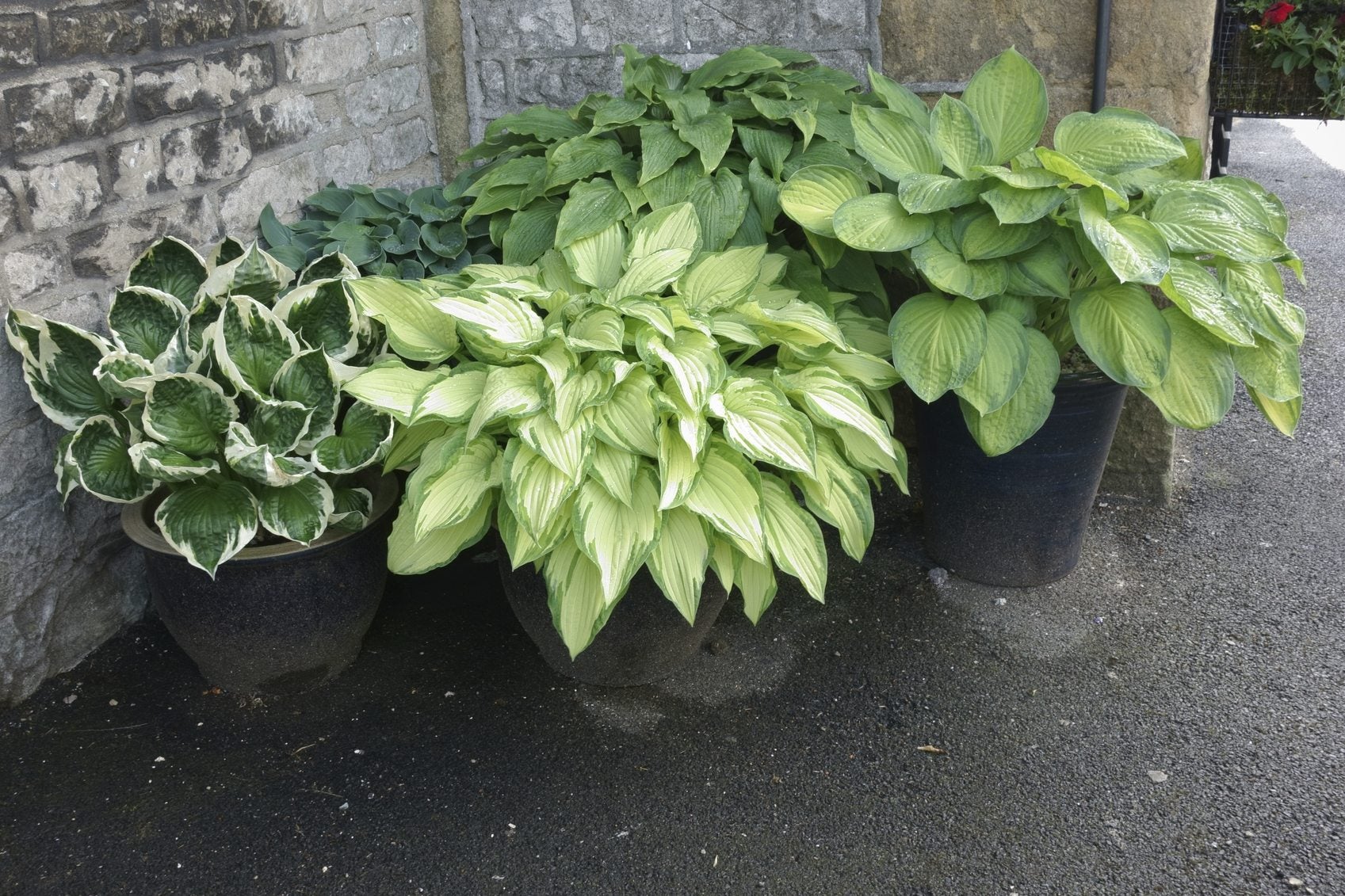
Hosta Houseplant Care: How To Grow Hosta Indoors
Have you ever thought about growing hosta indoors? Typically, hostas are grown outdoors, either in the ground or in containers. However, just because growing hosta as an indoor plant isn't the norm, that doesn't mean it can't be done. Learn more here.
By Mary H. Dyer
-
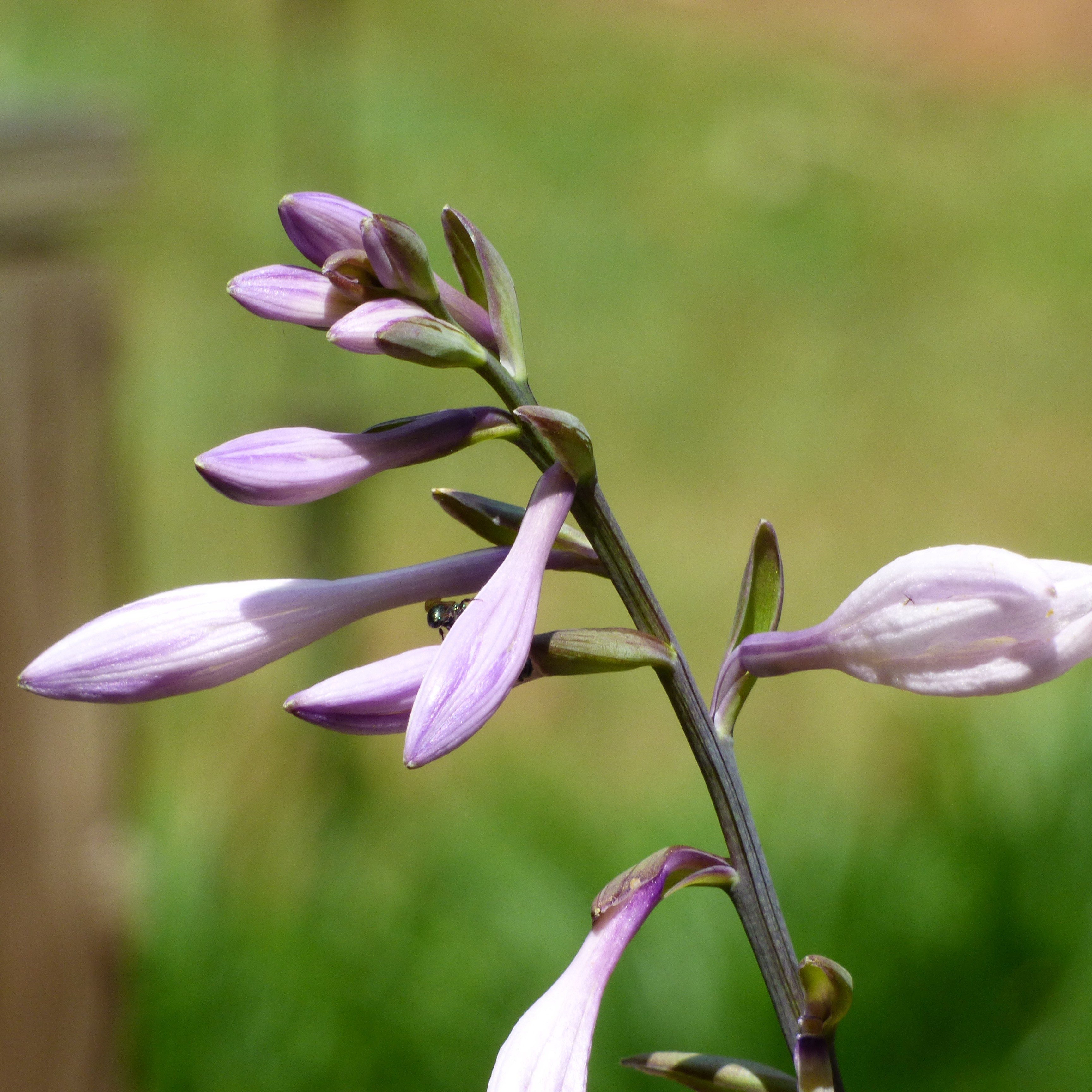
Hosta Plant Flowering: What To Do About Flowers On Hosta Plants
Do hosta plants have flowers? Yes, they do. But hosta plants are known for their gorgeous overlapping leaves, not for flowers. Click this article for information about flowers on hosta plants and if you should let hosta grow flowers in the first place.
By Teo Spengler
-
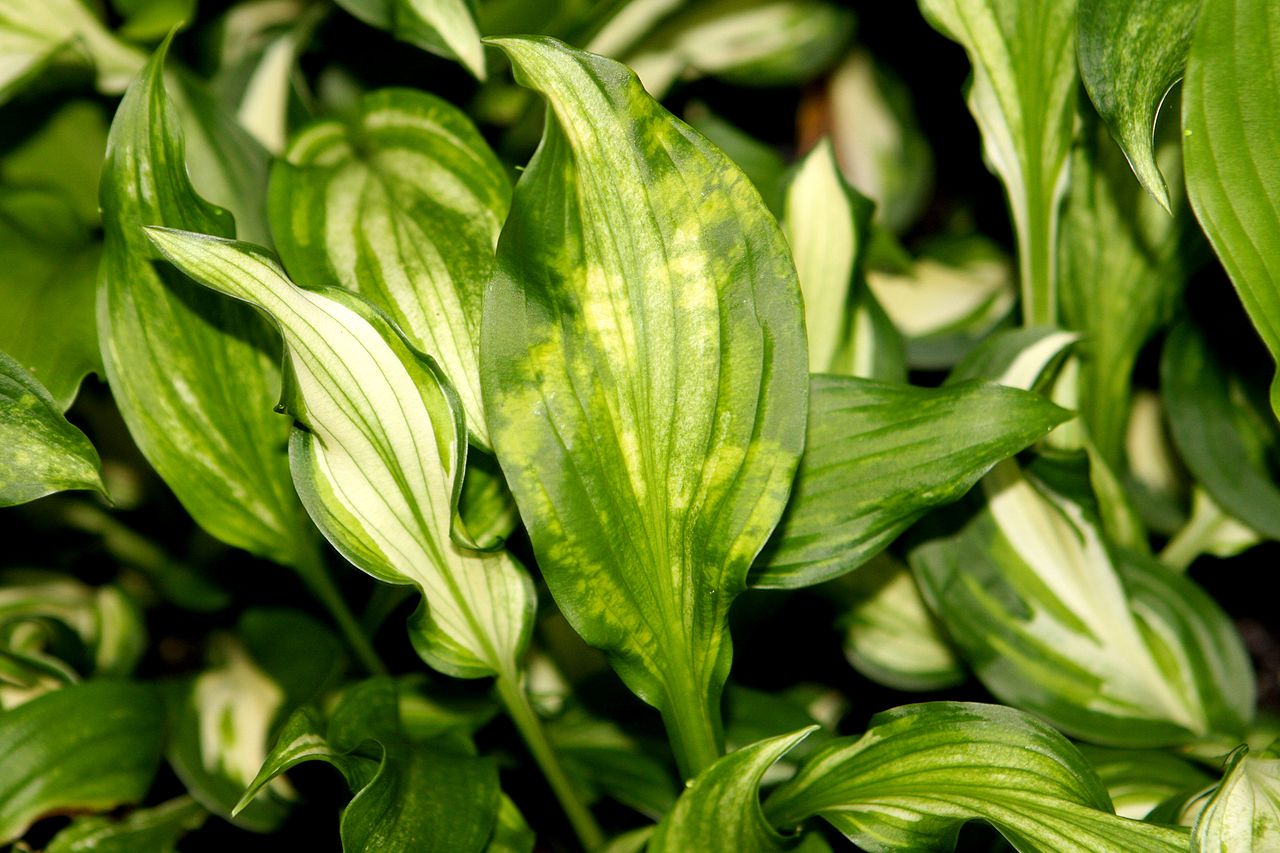
Hosta Plant Diseases and Treatments – Tips On Treating Hosta Diseases
Hostas are relatively trouble-free, but they can be affected by various diseases just like any other plant. Learn more about a few of the most common hosta plant diseases and treatments in this article. Click here for more information.
By Mary H. Dyer
-

Dividing Hosta Plants – When Should Hostas Be Divided
Dividing hosta plants is an easy way to maintain their size and shape, to propagate new plants for other areas of the garden, and to remove dead portions of the plant and to make it look nicer. Dividing is easy, once you know how to do it. This article will help.
By Mary Ellen Ellis
-
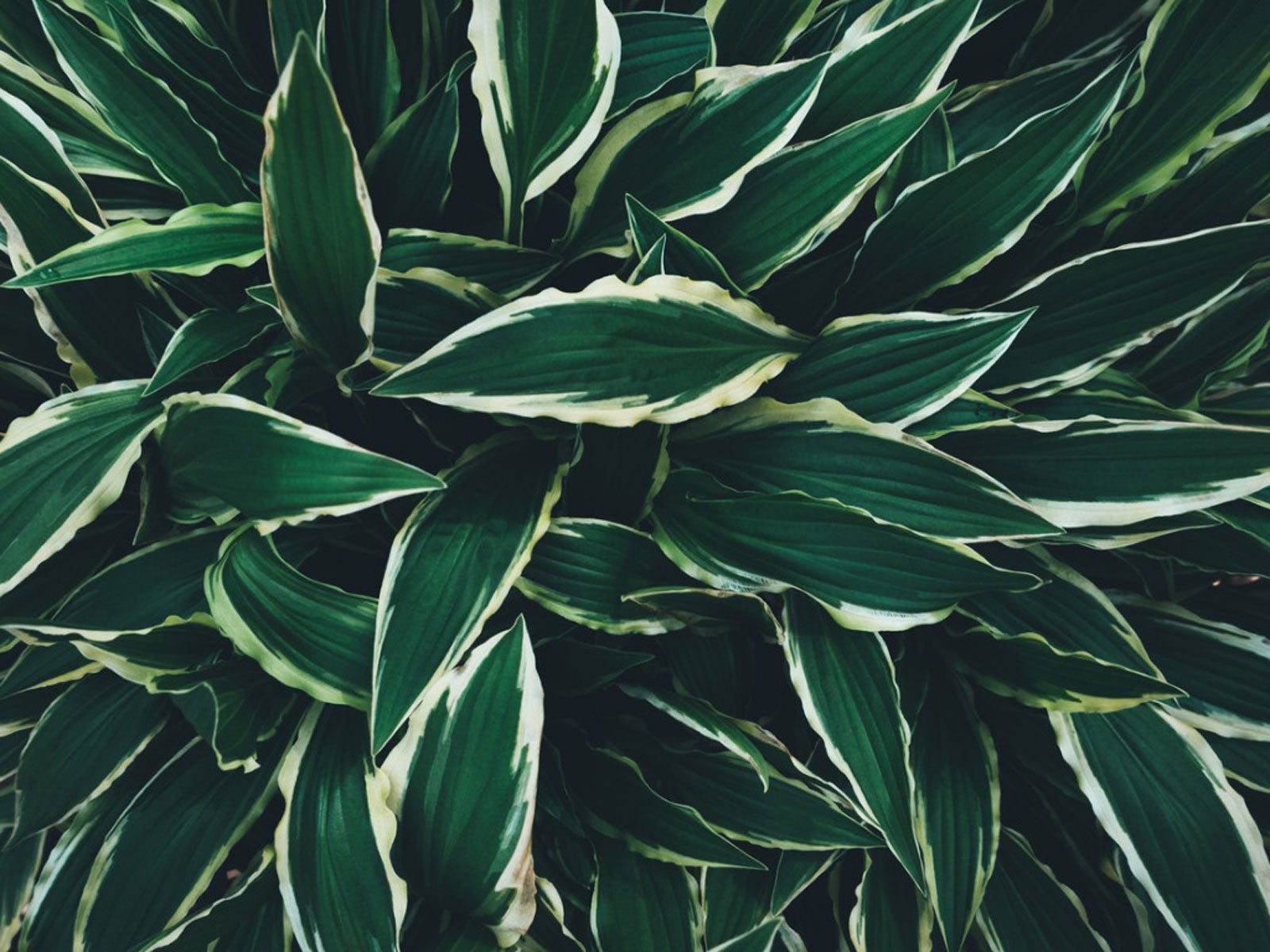
How To Prune Hostas: Tips On Cutting Back Hosta Plants
Pests can attack hostage foliage and make it ragged. And come winter, the foliage of these perennials wilt and die back. These are the times to sanitize your pruners and get to cutting back hosta plants. Click here for information on how to prune hostas.
By Teo Spengler
-

What Is A Mouse-Ear Hosta – How To Grow Mouse-Ear Hosta Plants
Hostas tend to grow large, but if your space is limited, growing the adorable mouse-ear hosta may be for you. If you want to know how to grow mouse-ear hosta in the garden, here?s what you need to know.
By Mary Ellen Ellis
-
Hosta Plant History - Learn About The Origin Of Hosta Plants
By Mary H. Dyer
-
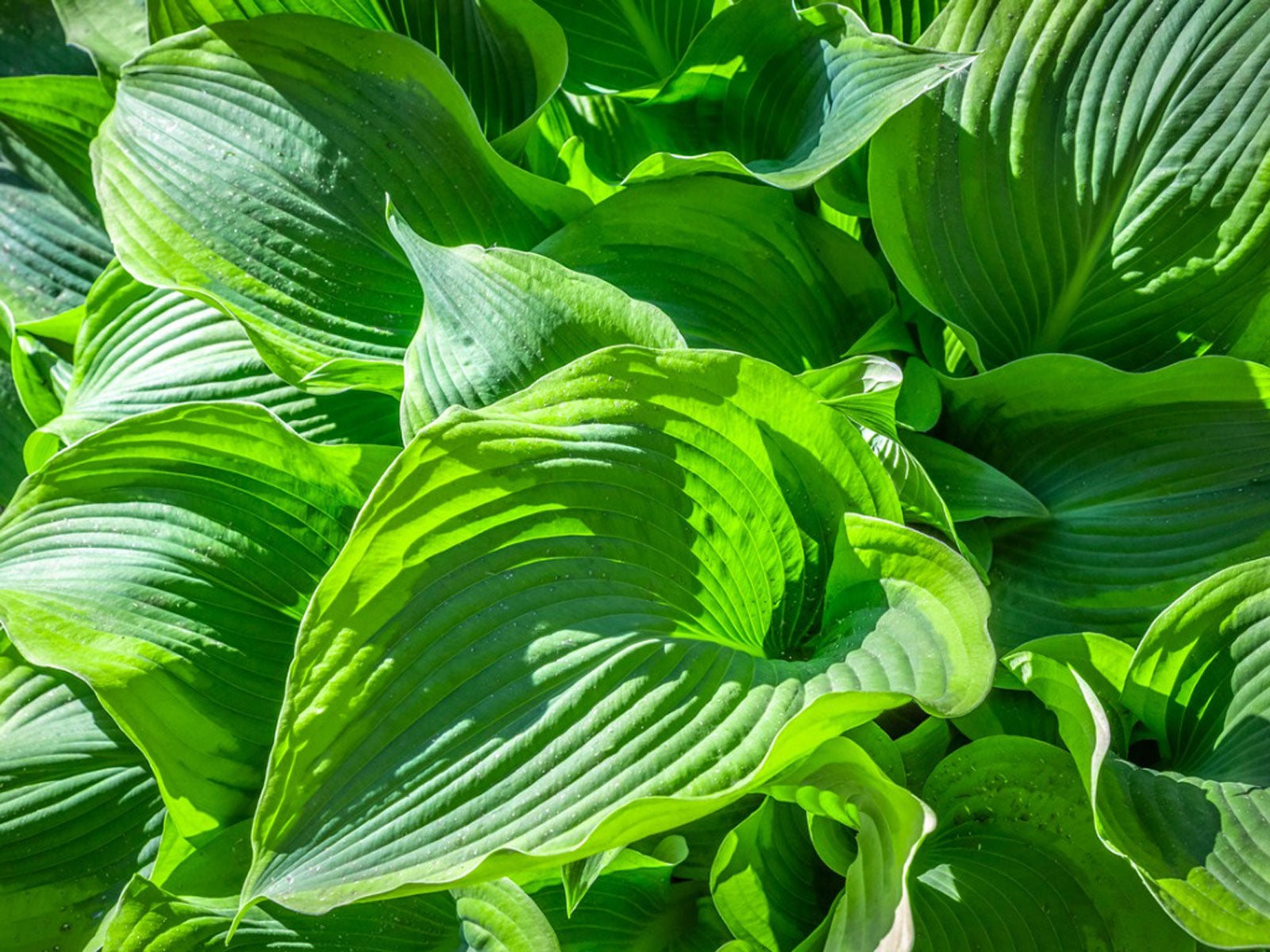
Sun Tolerant Hostas: Planting Hostas In The Sun
Hostas are great solutions for shady spaces in the garden; however, there are also sun tolerant hostas available. These mostly include variegated varieties, although there are several others suited for bright locations. Click here to find out more.
By Bonnie L. Grant
